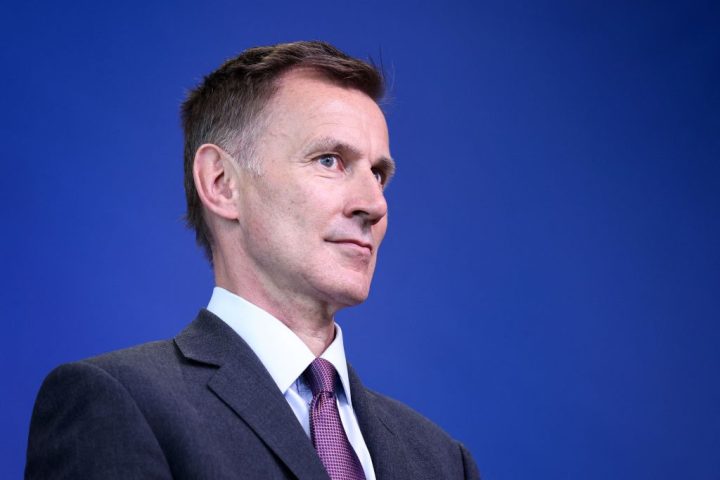The Office for National Statistics reports this morning that public sector net borrowing in July came in at £4.3 billion. This is the fifth-highest July borrowing month since records began, with an additional £3.4 billion being spent to fund the government’s spending pledges compared to July last year.
Still, there is fast talk of room for manoeuvre for Chancellor Jeremy Hunt to spend more or cut tax, as cumulative government borrowing continues to undershoot the Office for Budget Responsibility's (OBR) latest forecast for the fiscal year. In July, borrowing reached £56.6 billion, £11.3 billion less than had been expected by this point.
In the Chancellor’s response to the figures this morning, the Treasury notes that it is ‘on track to get debt falling’ as per one of the prime minister’s five promises at the start of the year. This is because the government is still expected to ‘meet the debt to GDP fiscal rule in 2027-28 with headroom of £6.5 billion'.
Are there really grounds for such optimism? While the government may be borrowing less this fiscal year than originally anticipated, it has still managed to spend an additional £13.7 billion more than it did over the same four months as last year. The Treasury would have borrowed more if it didn’t have a policy of grabbing more taxpayer cash. Self-assessment tax payments in July rose to £11.8 billion – £2.5 billion more than last year – in yet another example of tax receipts rising, as the tax burden sits at a post-war high.
Moreover, the debt is not ‘falling.’ The very opposite is true. Hunt may be on track to meet his rather relaxed fiscal rule of seeing the ratio of debt to GDP falling by the fifth rolling year of forecast. But the overall stock of public sector net debt is heading in one direction: up.
Today’s update reports the debt pile to be around £2.3 trillion, and it is expected to rise to around £2.5 trillion by the next parliament. Bloomberg this week reports that the debt pile has increased by a staggering 40 per cent since the pandemic, and it’s costing the UK more to service that debt right now than any other advanced economy.
This is reflected in today’s figures, too: the interest payable on government debt hit £7.7 billion in July, £1.5 billion more than last year and also the highest cost of servicing government debt in any July on record. The amount it cost last month to pay off money already spent came in just shy of the OBR’s forecast, which predicted £8 billion. But the £0.3 billion difference is nothing to celebrate, as debt interest payments for the financial year so far are roughly £2 billion higher than forecast overall, amounting to £37.8 billion so far.
It has been stressed many times on this blog that this money gets us nothing new. It’s required payment for past gratification, and looks like an increasingly unsustainable spending habit on the part of politicians as the bills continue to rack up. This makes it increasingly difficult for the Chancellor to offer any kind of meaningful (and sustainable) tax cut, even if borrowing figures are a bit lower than expected. It’s a point made by Capital Economics this morning, which predicts that the combination of interest rates still rising and their prediction of a ‘mild recession’ keeps the Tories' tax-cutting agenda on the back-burner.
It’s not great news for a government set on offering up more than simply a token tax cut by the next election. But it’s what happens when you keep prioritising spending pledges over almost everything else.







Comments